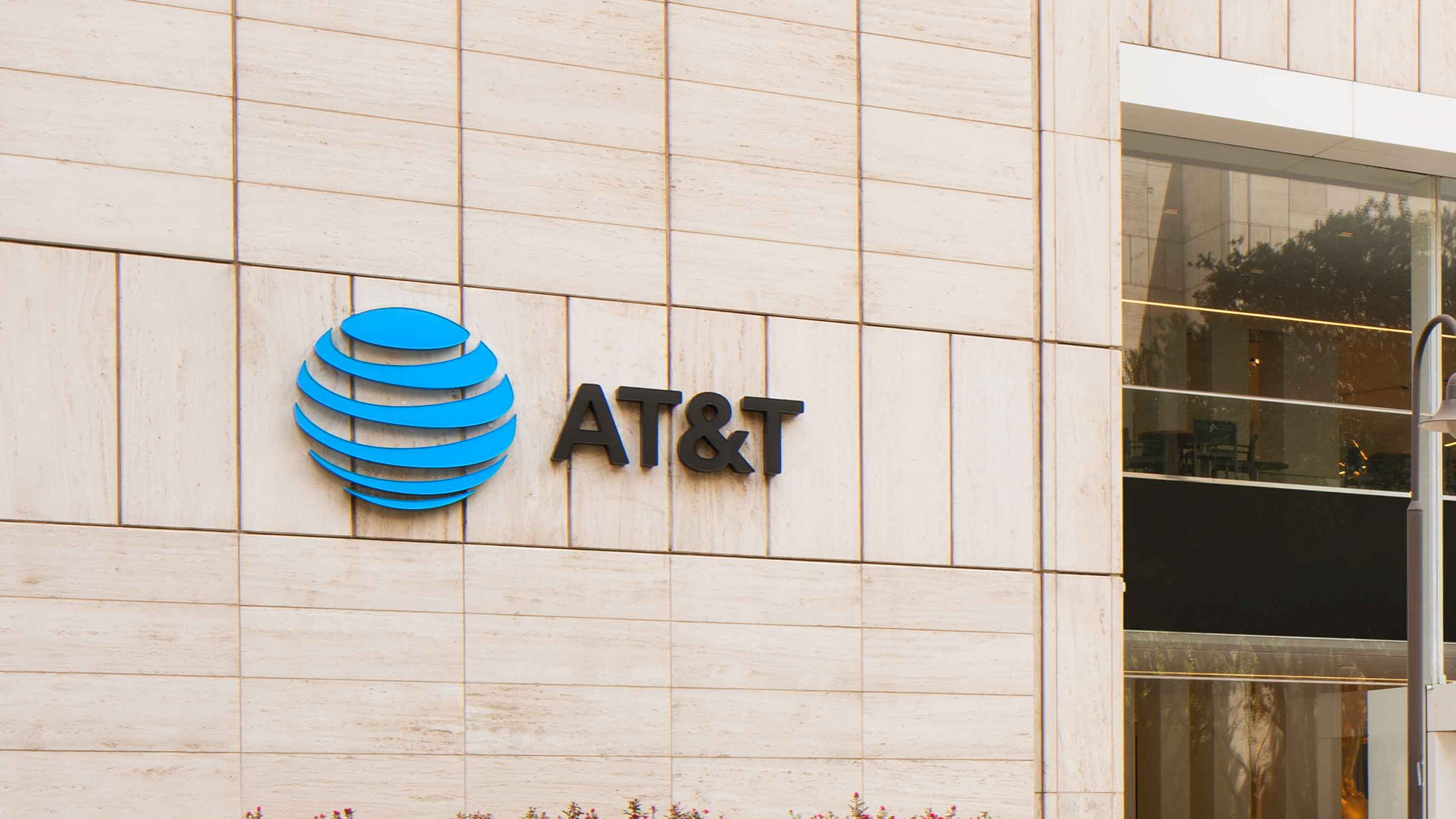AT&T Stock Dips More Than 10% as Free Cash Flow Guidance Disappoints
Q2 fiber adds swell but broadband posts a deficit

Shares in AT&T were down nearly 11% on Thursday (July 21) after the telecom giant said its free cash flow guidance for the year would be lower than expected. That, coupled with a loss of 25,000 total broadband customers in Q2, wasn’t enough to offset near-record growth in its fiber division.
AT&T shares fell to $18.24 per share in early trading on Thursday, down 10.9% or $2.24 each. While the stock rose slightly in later trading — it was priced at $18.61 per share at 10:40 a.m.—- driving the decline was the company’s decision to reduce full-year free cash flow guidance to “the $14 billion range” to reflect heavier investment in growth. Previous guidance was for about $16 billion in free cash flow for the year. The stock closed July 21 at $18.93 each, down 7.6% or $1.55 per share.
“Our results the last eight quarters demonstrate that our deliberate strategy of focusing on growth is helping us gain valuable customer relationships, and we’re confident in our ability to maintain this momentum while also continuing to reduce debt and deliver an attractive dividend,” the company said in a press release.
Consolidated revenue was down 17.1% to $29.6 billion, mainly due to the separation of its DirecTV video business in Q3 2021. Excluding that deal, revenue was up 2.2% in the quarter. AT&T completed the spin-off of its WarnerMedia business in a deal with Discovery Inc. valued at $43 billion in April.
AT&T managed to beat its own estimates for fiber growth, 316,000 compared to guidance for 275,000 additions. But steeper losses in its IP broadband business — 341,000 vs. company estimates of a 275,000-customer loss — pushed overall broadband subscriber performance into the red. For the period, total broadband losses were 25,000 customers.
AT&T said it now has about 6.6 million fiber broadband customers — up by 2.3 million customers from two years ago — and is available in 18 million locations in more than 100 metro areas in the U.S.
Wireless subscriber growth at 813,000 bested analysts’ consensus estimates of 542,000 additions. Consumer wireline revenue rose 1.1% in the period, driven mainly by fiber broadband increases (revenue was up 28%), offset by non-fiber broadband revenue declines of nearly 10%.
The smarter way to stay on top of the multichannel video marketplace. Sign up below.
Business wireline revenue fell by 3% in the period, while EBITDA at the unit was down 14% year-over-year. ▪️
Mike Farrell is senior content producer, finance for Multichannel News/B+C, covering finance, operations and M&A at cable operators and networks across the industry. He joined Multichannel News in September 1998 and has written about major deals and top players in the business ever since. He also writes the On The Money blog, offering deeper dives into a wide variety of topics including, retransmission consent, regional sports networks,and streaming video. In 2015 he won the Jesse H. Neal Award for Best Profile, an in-depth look at the Syfy Network’s Sharknado franchise and its impact on the industry.

